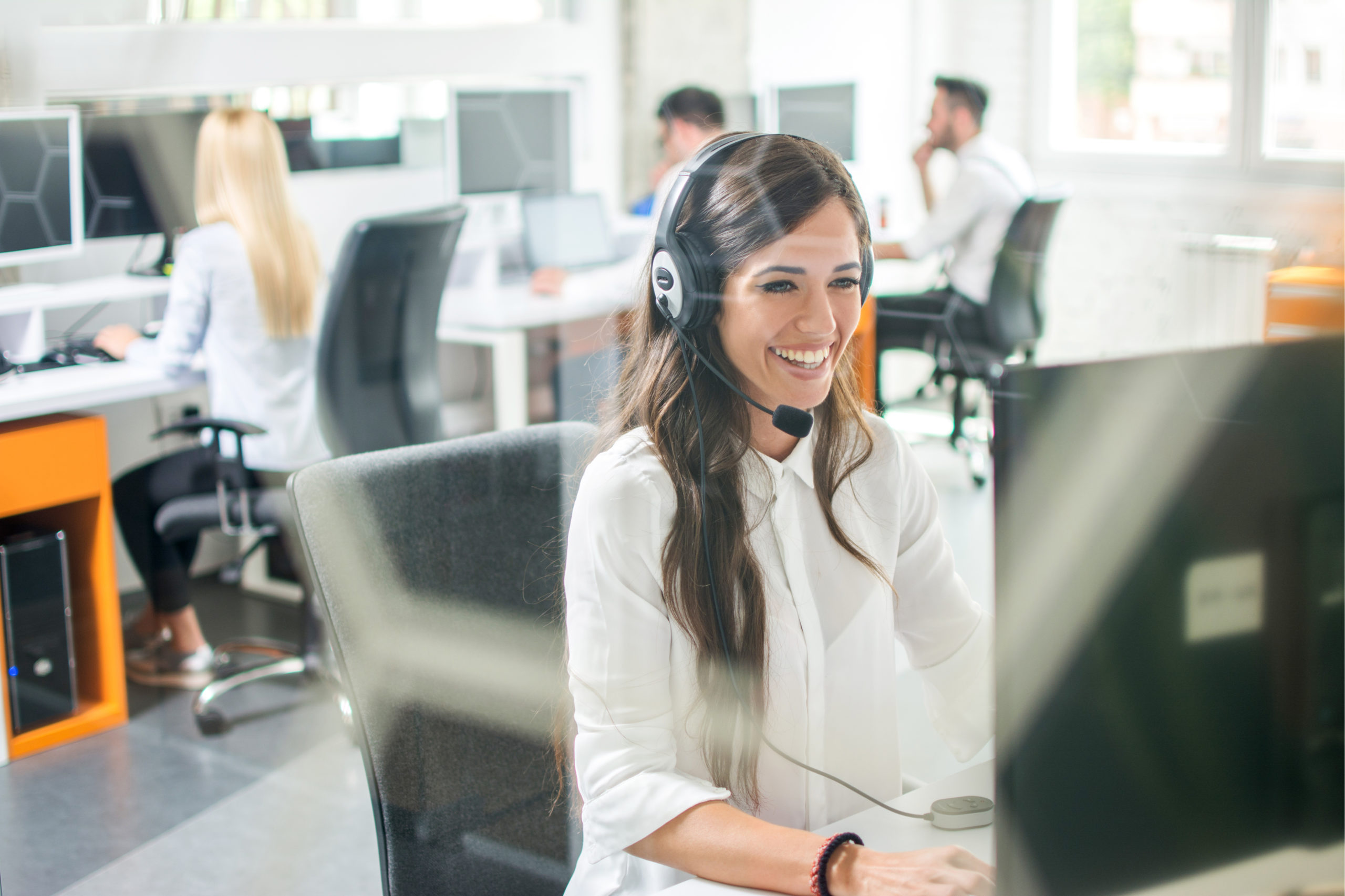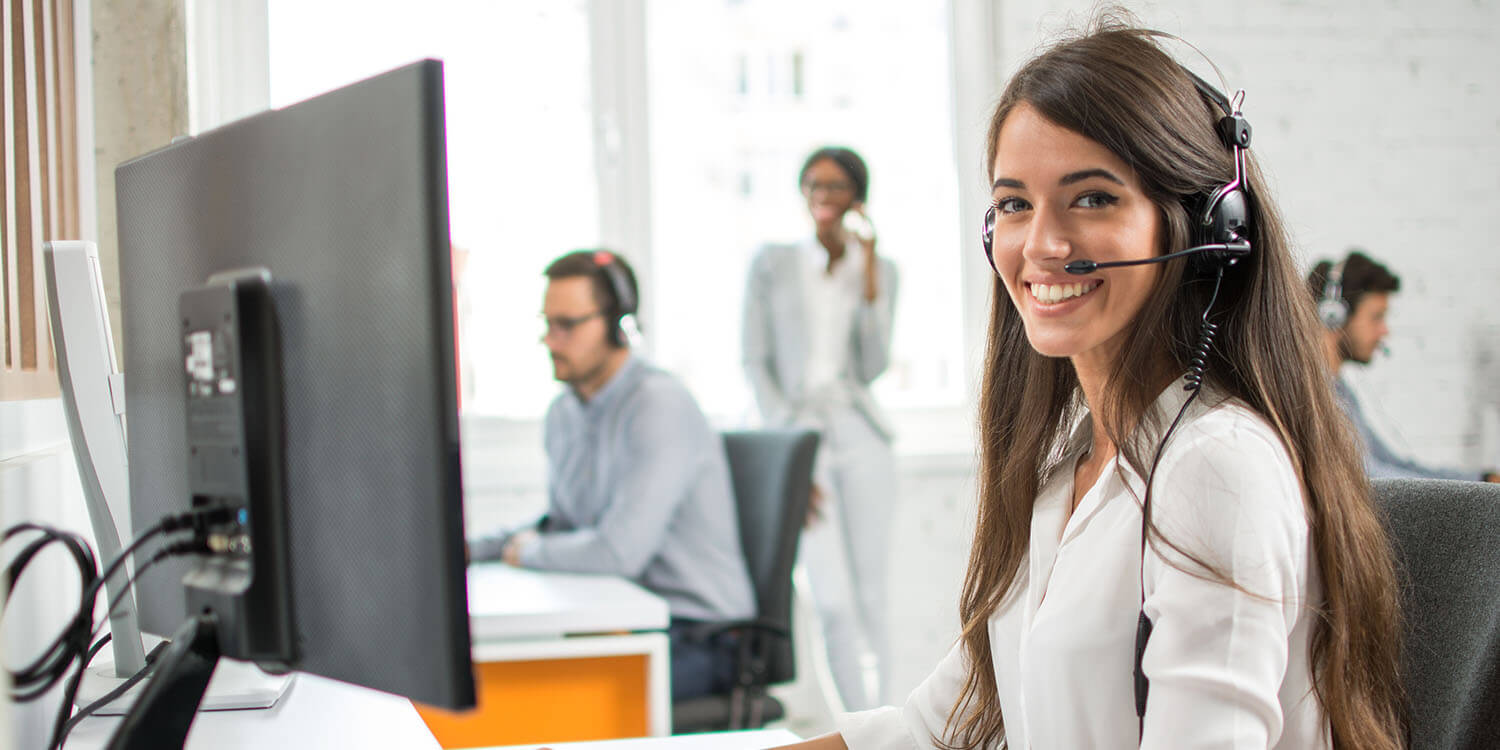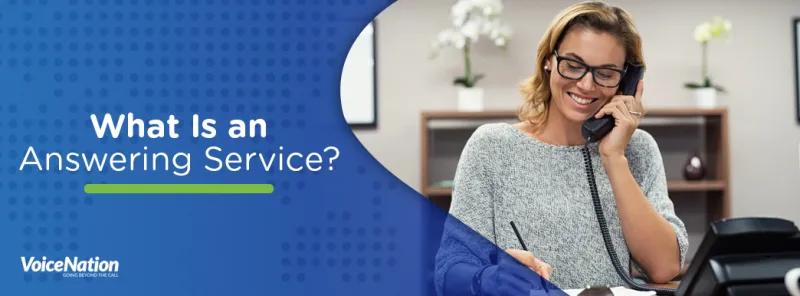All Categories
Featured
Table of Contents
- – What Is The Best What Is The Difference Between...
- – The Best 24/7 Live Telephone Answering Service...
- – Who Is The Best Discover How To Set Up A Call ...
- – What Are The Highest Rated Call Service: 24/7...
- – What Is The Best 5 Mistakes To Avoid When Hir...
- – What Are The Best What The Heck Is An Answer...
What Is The Best What Is The Difference Between An Answering Service And ... Business?
This gadget and its followers were created by Sava Jacobson, an electrical engineer with a personal consulting business. While early answering makers used magnetic tape innovation, most contemporary devices utilizes solid state memory storage; some devices utilize a mix of both, with a solid-state circuit for the outbound message and a cassette for the inbound messages.
"toll saving" below) (answering service). This is beneficial if the owner is screening calls and does not want to talk with all callers. In any case after going, the calling celebration needs to be notified about the call having actually been responded to (in many cases this begins the charging), either by some remark of the operator, or by some welcoming message of the TAD, or addressed to non-human callers (e.
This holds specifically for the TADs with digitally kept welcoming messages or for earlier makers (before the increase of microcassettes) with a special endless loop tape, separate from a second cassette, dedicated to recording. There have actually been answer-only gadgets with no recording abilities, where the greeting message needed to notify callers of a state of existing unattainability, or e (local phone answering service).
The Best 24/7 Live Telephone Answering Services In Australia Service?

about accessibility hours. In taping Little bits the welcoming normally consists of an invite to leave a message "after the beep". An answering device that uses a microcassette to tape-record messages On a dual-cassette answerphone, there is an outbound cassette, which after the defined variety of rings plays a pre-recorded message to the caller.

Single-cassette answering devices consist of the outbound message at the beginning of the tape and incoming messages on the staying area. They first play the announcement, then fast-forward to the next available area for recording, then tape-record the caller's message. If there are many previous messages, fast-forwarding through them can cause a considerable delay.
This beep is frequently referred to in the greeting message, requesting that the caller leave a message "after the beep". TADs with digital storage for the recorded messages do disappoint this hold-up, of course. A little bit may use a push-button control center, where the answerphone owner can ring the home number and, by going into a code on the remote telephone's keypad, can listen to taped messages, or erase them, even when far from house.
Who Is The Best Discover How To Set Up A Call Answering Service With A 7- ... Service?

Consequently the maker increases the number of rings after which it answers the call (usually by 2, resulting in 4 rings), if no unread messages are presently saved, but answers after the set variety of rings (generally two) if there are unread messages. This enables the owner to find out whether there are messages waiting; if there are none, the owner can hang up the phone on the, e.
Some devices likewise permit themselves to be from another location activated, if they have been switched off, by calling and letting the phone ring a specific big number of times (usually 10-15). Some service companies desert calls currently after a smaller sized number of rings, making remote activation difficult. In the early days of Littles an unique transmitter for DTMF tones (dual-tone multi-frequency signalling) was regionally required for remote control, given that the formerly used pulse dialling is not apt to convey appropriate signalling along an active connection, and the dual-tone multi-frequency signalling was carried out step-by-step.
Any inbound call is not recognizable with respect to these homes in advance of going "off hook" by the terminal devices. So after going off hook the calls should be changed to appropriate gadgets and just the voice-type is right away accessible to a human, but perhaps, nonetheless must be routed to a LITTLE (e.
What Are The Highest Rated Call Service: 24/7 Live Phone Answering Services For Small ...?
What if I told you that you do not need to really choose up your gadget when answering a client call? Another person will. So practical, ideal? Responding to telephone call doesn't require someone to be on the other end of the line. Effective automated phone systems can do the technique just as efficiently as a live agent and often even better.
An automated answering service or interactive voice action system is a phone system that communicates with callers without a live person on the line - phone call answering. When companies use this technology, customers can get the response to a concern about your company just by using interactions set up on a pre-programmed call flow.
Although live operators update the client service experience, many calls do not require human interaction. A basic documented message or guidelines on how a consumer can obtain a piece of information normally resolves a caller's instant requirement - virtual telephone answering. Automated answering services are an easy and reliable way to direct incoming calls to the right person.
What Is The Best 5 Mistakes To Avoid When Hiring A Phone Answering Service Available Today
Notification that when you call a business, either for assistance or product query, the first thing you will hear is a pre-recorded voice greeting and a series of alternatives like press 1 for customer support, press 2 for queries, and so on. The pre-recorded choices branch off to other choices depending upon the consumer's selection.
The phone tree system assists direct callers to the ideal person or department using the keypad on a smart phone. In some instances, callers can use their voices. It's worth noting that auto-attendant choices aren't limited to the 10 numbers on a phone's keypad. As soon as the caller has picked their first choice, you can design a multi-level auto-attendant that uses sub-menus to direct the caller to the ideal kind of assistance.
The caller does not have to communicate with a person if the auto-attendant phone system can handle their issue. The automated service can path callers to an employee if they reach a "dead end" and need support from a live agent. It is pricey to work with an operator or executive assistant.
What Are The Best What The Heck Is An Answering Service? Brands To Buy
Automated answering services, on the other hand, are significantly less costly and provide substantial expense savings at an average of $200-$420/month. Even if you do not have dedicated personnel to deal with call routing and management, an automatic answering service enhances efficiency by enabling your group to focus on their strengths so they can more effectively invest their time on the phone.
A sales lead routed to customer support is a lost shot. If a consumer who has product concerns reaches the wrong department or receives insufficient answers from well-meaning staff members who are less trained to manage a specific type of question, it can be a cause of disappointment and frustration. An automatic answering system can decrease the variety of misrouted calls, therefore helping your employees make much better usage of their phone time while freeing up time in their calendar for other jobs.
With Automated Answering Systems, you can develop a personalized experience for both your staff and your callers. Make a recording of your main greeting, and merely upgrade it frequently to reflect what is going on in your organization. You can develop as many departments or menu alternatives as you want.
Table of Contents
- – What Is The Best What Is The Difference Between...
- – The Best 24/7 Live Telephone Answering Service...
- – Who Is The Best Discover How To Set Up A Call ...
- – What Are The Highest Rated Call Service: 24/7...
- – What Is The Best 5 Mistakes To Avoid When Hir...
- – What Are The Best What The Heck Is An Answer...
Latest Posts
Top Virtual Receptionist Service
Outsourced Receptionist Service
Best Hipaa Compliant Virtual Receptionist
More
Latest Posts
Top Virtual Receptionist Service
Outsourced Receptionist Service
Best Hipaa Compliant Virtual Receptionist